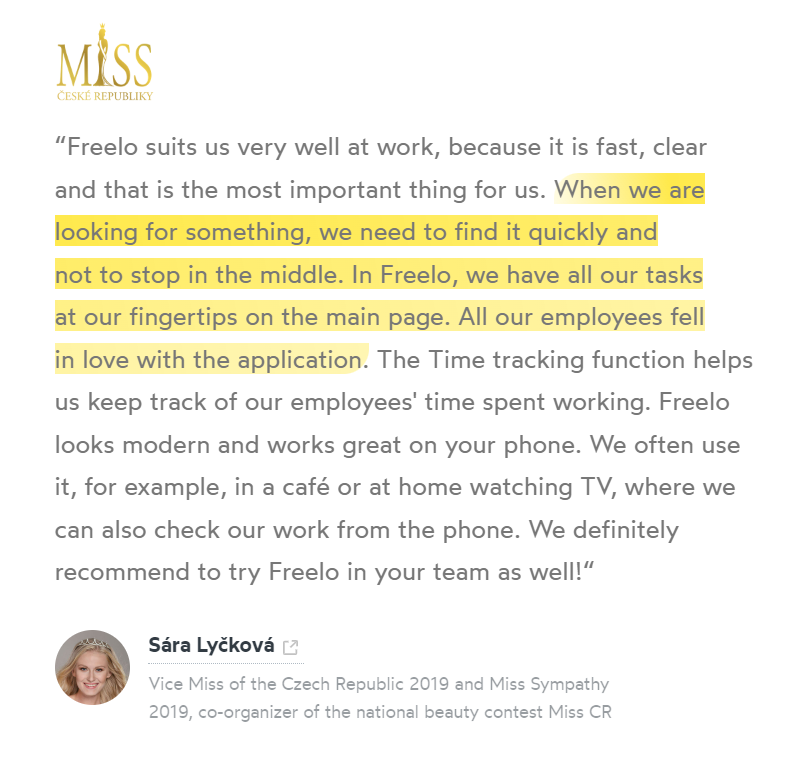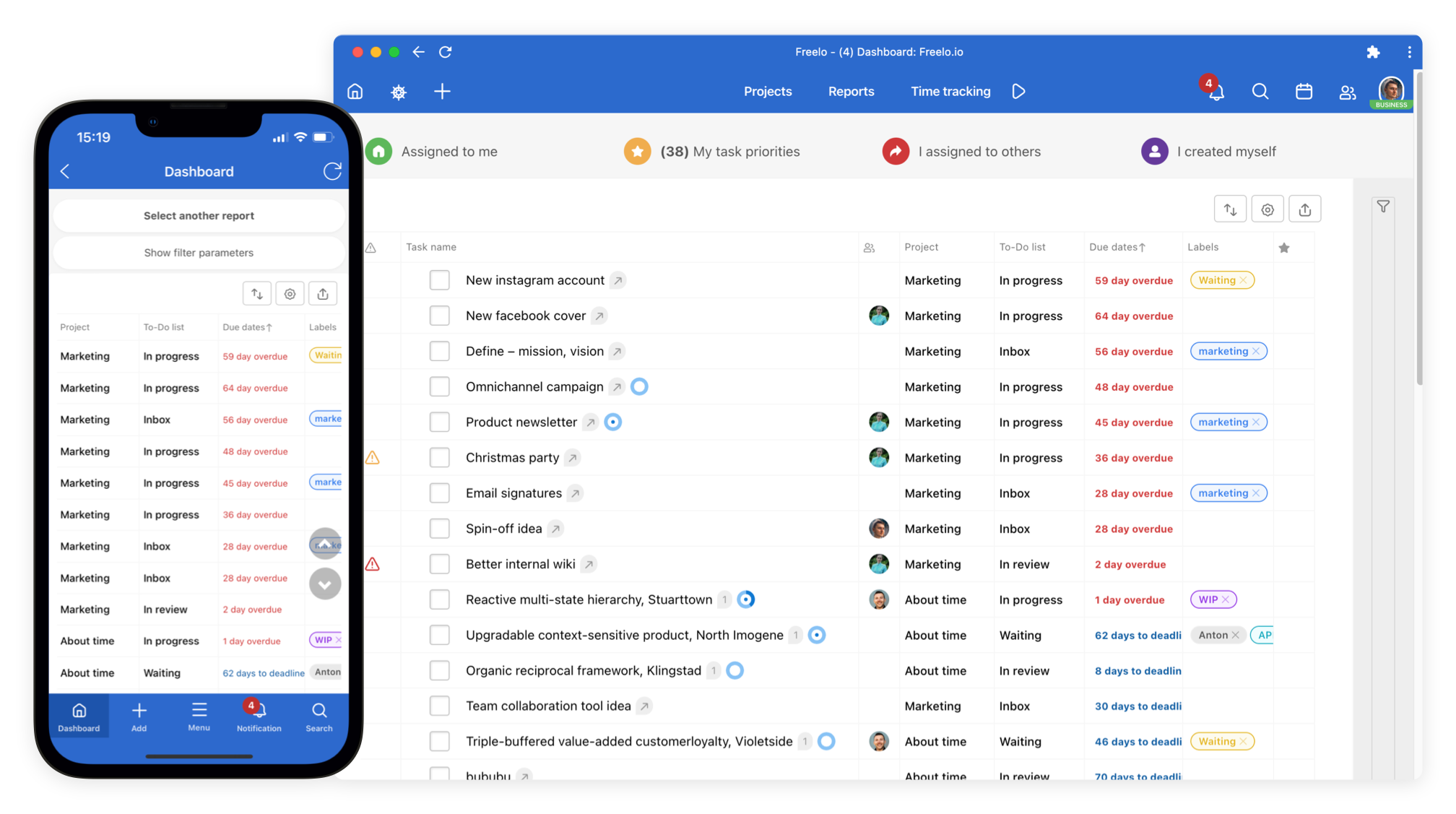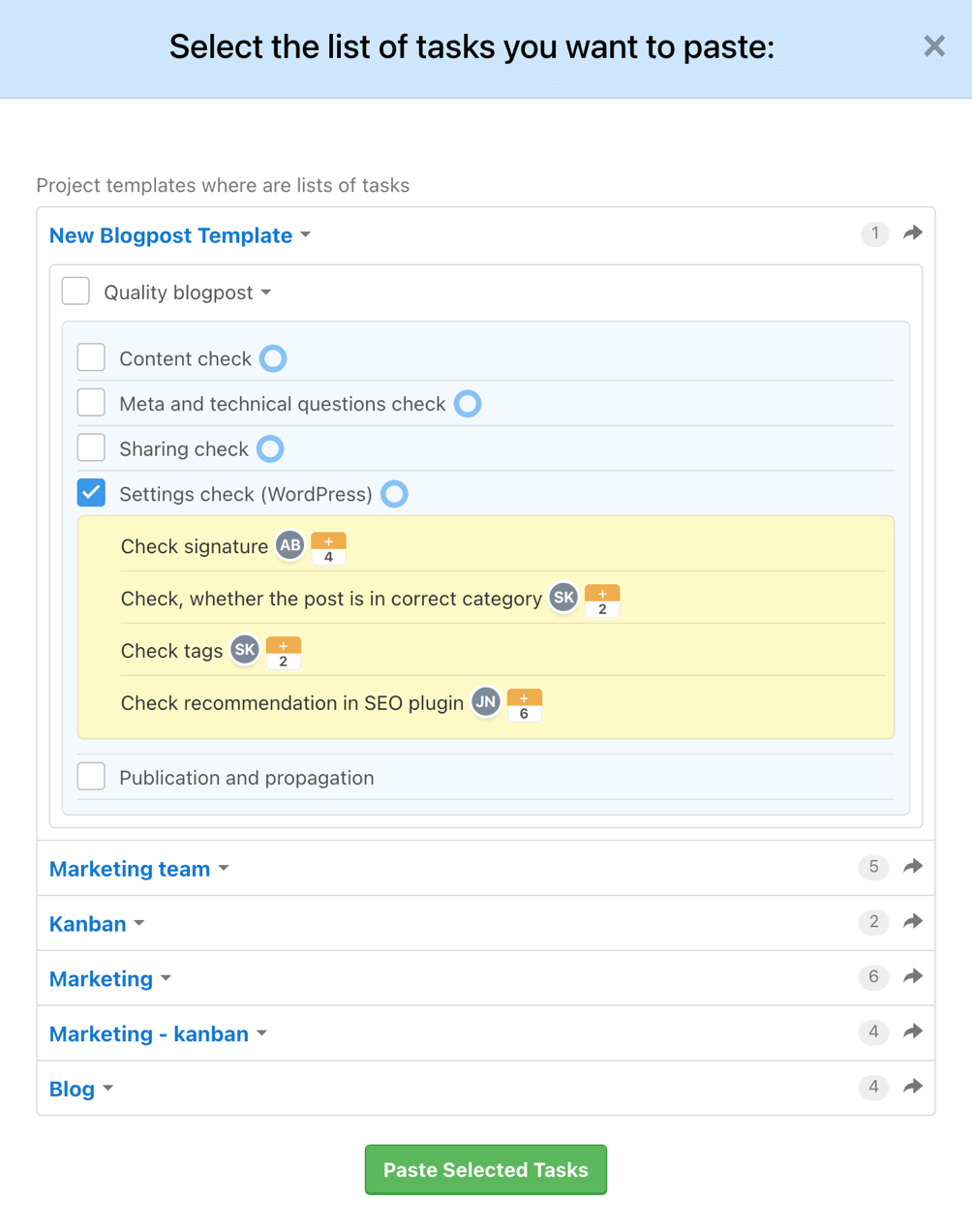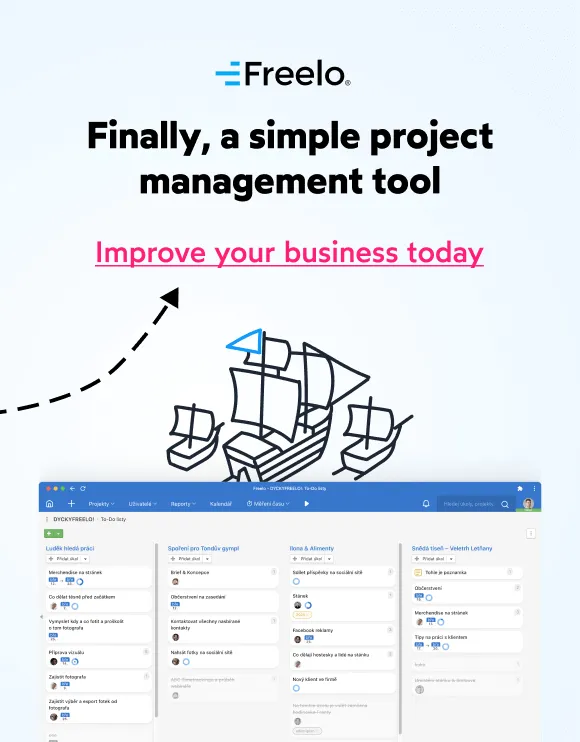
Tips on How to Go about Effective Teamwork
 Freelo team
Freelo team

It is not for nothing that they say that behind every successful company there stands an effective team. Organization, communication and motivated team players are the essence of successful projects, no matter what type of collaboration. Effective communication will bear fruit in the IT department and the basketball team. Successful team-leaders know that the ability to build and lead a high-performing team is closely related to modern communication tools and our ten commandments. How do you do communication in your company? What’s behind great teamwork? We took a look at the intricacies of work effectiveness.

The 3 Rules of Effective Communication
What is efficiency? The magical economist’s encyclopedia defines efficiency as achieving the desired results with minimum expenses. Effective team management should then, in the spirit of the thesis, correctly distribute roles and motivation for the team and make skillful use of work processes. A functional team cannot do without competent leadership. As the CEO of a future high-performance team, start at the source: How ever to communicate effectively?
- Have a vision and be specific. Make the other party genuinely and effortlessly listen to you. Share the goals of the communication from the start and do not be afraid of citing concrete examples.
- Actively listen and ask questions. The symbiosis between listening and speaking is a key aspect of good communication. Be assertive while simultaneously giving the other party space to express themselves. Do not be afraid to ask questions. You will not only clarify the situation, but also make a good impression by investing interest.
- Body language and intonation are noteworthy. It is said that the perception of words is influenced 38% by the tone of voice and 55% by body language. Keep this in mind and avoid arrogance and gestures that may come off as dismissive.
- Watch out for the pitfalls of online communication. During the time of home offices, the question of how to effectively communicate online has arisen. When writing, avoid CAPSLOCK shouting, use emoticons in moderation, and the golden rule is „be conservative with what you send and liberal with what you receive“. Gestures and facial expressions are naturally more important than ever in this case. For example, the lower half of your face is important to your client. On the other hand, colleagues and employees focus more so on the top half.
5 Steps to Effective Teamwork
Step 1. Tug the rope together. All good teams knows that its success depends to some extent on the satisfaction and motivation of each member. Find a symbiosis between personal and professional goals. Arguing and trying to gain personal victory at the expense of others will not stand a chance if you let employees feel responsible for their work and how much time they put in for a common purpose.
Step 2. Make yourself at home at work. A person usually spends at least 8 hours a day at work. In order to perform adequately, the work environment needs to be trusting and stimulating, even in the event of a crisis. Encourage others to ask openly and to solve problems creatively.
Step 3. Do not forget about individuality. You can find individual talents in every team who, with the right leadership, can contribute to the functioning of the whole group. Do not forget this and embrace all kinds of collaboration with analysts, assertively laid-back souls and jokesters.
Step 4. The boss is the boss. Successful teams communicate openly with each other, they support each other in developing expertise, and colleagues are used to making decisions together. However, it is also important for good work organization to be aware that the „boss“ has veto power.
Step 5: Resolve conflicts quickly and celebrate successes. We can see how leadership and team organization work with the help of constructive problem solving. However, not all crises can be predicted. Do not take an uncertain way of resolution as a failure! Keep a positive attitude and celebrate every success. On the summit of every great team, friendship flaunts. At Freelo, we pride ourselves on our company culture.

3 Ingredients for 100% Team Motivation
The potion of labor motivation is made up primarily of positive emotions associated with work or a specific task. This motivation can generate the energy that makes your employees look forward to work and see meaning in it. Your job is to create a safe and fair environment where people realize their potential and are driven to fulfill their goals.
- Support and rewards as a guarantee for great performance. An interesting feature of motivated teams is the ability to work in high intensity without much difficulty. However, they need to know that in addition to the workload and performance expectations, there are opportunities for training, seminars and adequate rewards and recovery time.
- Clear rules are the key to organization. What do you expect from your employees? What are the goals and what rewards can be expected? Create a predictable environment where everyone is clear about what they are supposed to do. At Freelo, thanks to the Dashboard, everyone knows what to do and the work is clearly planned out in front of them and together.

- Stay human. Even brilliant teams want to feel a sense of belonging, a sense of security and sometimes a hearty laugh. Know your employees‘ preferences and care about them. Even Maslow knew that a good lunch and a comfortable office have their place on motivational maps.

Maslow’s Hierarchy of Needs
Attributes of Great Teams
Team Leadership
Just like a great team behind a successful business, teamwork can’t do without the glue that not only holds the whole thing together, but can also set the pace, correct motivation and keep everyone informed. That glue is you – the bosses, the designers and the team leaders.
Work Organization
While many creative souls can’t get enough of creative chaos, you don’t want that on your team. Organization of work is essential for meeting goals and maintaining adequate performance. Naturally, individuals‘ individual tasks must be attended to, but management must be able to organize their consensus with deadlines. The solution? Regular meetings and review.
Enforcing Work Processes
Has your team made progress? Is there anything you need to work on? You probably have an idea. But it’s not enough. Freelo, where you can track and organize the work process, will help you to target the issue precisely and get the feedback you want.


Team players vs loners: Great Leaders Know How to Approach Them
Effective communication and collaboration in a team implies one aspect: all of your colleagues should be team players. But it’s not that simple, because the growth of a team is also driven by its diversity. Socionics, for example, presents 16 personality types. Which ones do you have in your team? And which one is a solitaire? He does not naturally navigate teamwork like others, prefers to be independent and is not adept at communication, but on the other hand, he excels in:
- perfectionism,
- independence and reliability,
- focus,
- creativity, talent and intelligence.
This reclusive colleague can be a significant asset, if properly managed, which is a shame to lose. Good directors and CEOs know this.
Find the cause. The unsociable colleague may prefer to work alone for no particular reason, but often this solitariness is influenced by shame or fear of showing up for group meetings. Schedule individual meetings or organize a relaxed team building session with feedback to encourage your colleague to develop speaking skills.
Be empathetic. If there is friction in communication between colleagues, show empathy. Make it clear that you appreciate both sides‘ perspectives, but don’t be afraid to structure your requests in a way that makes it clear you expect improvement.
Learn to „leverage“ the abilities of solitaires. Know that solopreneurs often excel in their chosen field. Give them the opportunity to shine. Once they complete a project, don’t be afraid to come up with a new challenge and suggestion that if the job is well done, you limit the micro-management and give them as much space and time as they need.
You can’t do without communication. One of the main pitfalls of being a loner in a team is that you won’t share your work with others. Thus, he may waste time with work already done or not be able to merge his projects with the team. In the case of larger projects, this can already be a real problem. You simply can’t do without communication. The key is to encourage all colleagues to communicate effectively, without exception. But you can choose to combine meetings with simply sending updates or teach the team to use Freelo.
Friendliness moves mountains. Being a loner doesn’t necessarily mean misanthropy and nihilism. It’s simply a preference for working independently, which brings with it many benefits beyond the individual. In fact, it can work well in a team. Remind the solitaire that he or she is an irreplaceable member of your group. Chances are, he or she will become one.

Team Communication Trends According to Harvard: Introducing the 4-D Team
In the 1970s, Professor J. Richard Hackman identified the basics of teamwork and figured one thing out: The personalities, and therefore the behaviors of the team, do not exclusively matter. What matters are the so-called „enabling conditions„. These include a convincing team direction, a strong structure and sufficient support from colleagues followed by shared thinking. Why should we rely on nearly 51 years of research? Because it was complemented by a study that found that these aspects are more important today than ever. Teams face a variety of challenges, according to Harvard, but a relatively small number of factors influence how they function. When leadership figures out how to successfully address these factors, so-called 4-D teams are created:
- Diverse
- Dispersed
- Digital
- Dynamic
Together they are capable of a diverse, dispersed, digital and dynamic kind of collaboration.
Clear direction is key for the team, which stirs energy and simultaneously sets the direction and engagement of members. Clarify the exact work process and define goals. Don’t be afraid to push the bar high. Modest goals motivate few. The team should truly care about meeting goals, whether for the reward or the feeling of a job well done.
High-performing teams pride themselves on balanced knowledge and diversity. Colleagues can’t do without easy access to data. Don’t forget to provide ample support.
According to Hackman and his colleagues, teams of the past consisted of a few nearly homogeneous members with similar mindsets. Today, the situation is different. Modern 4-D teams apply the latest findings of cognitive science, where it is natural for humans to cope with the complexity of the world by categorizing it. Thus, several subgroups work simultaneously in a team. There is, however, one difficulty. People tend to view „their“ subcategory more positively. One of the reasons for this is shared information, which simply doesn’t reach all members in this world of subgroups. The key is to view this information – whether professional or social – as not valuable to the team.
As you can see, teamwork has never been an easy field. Globalization and the fragmentation of virtual and managed projects will probably make it even harder to manage. However, a systematic approach and defining the areas that hold us back is surely the way to go.
Check out our blog to find out more useful topics on effective project management.
 Freelo team
Freelo team





